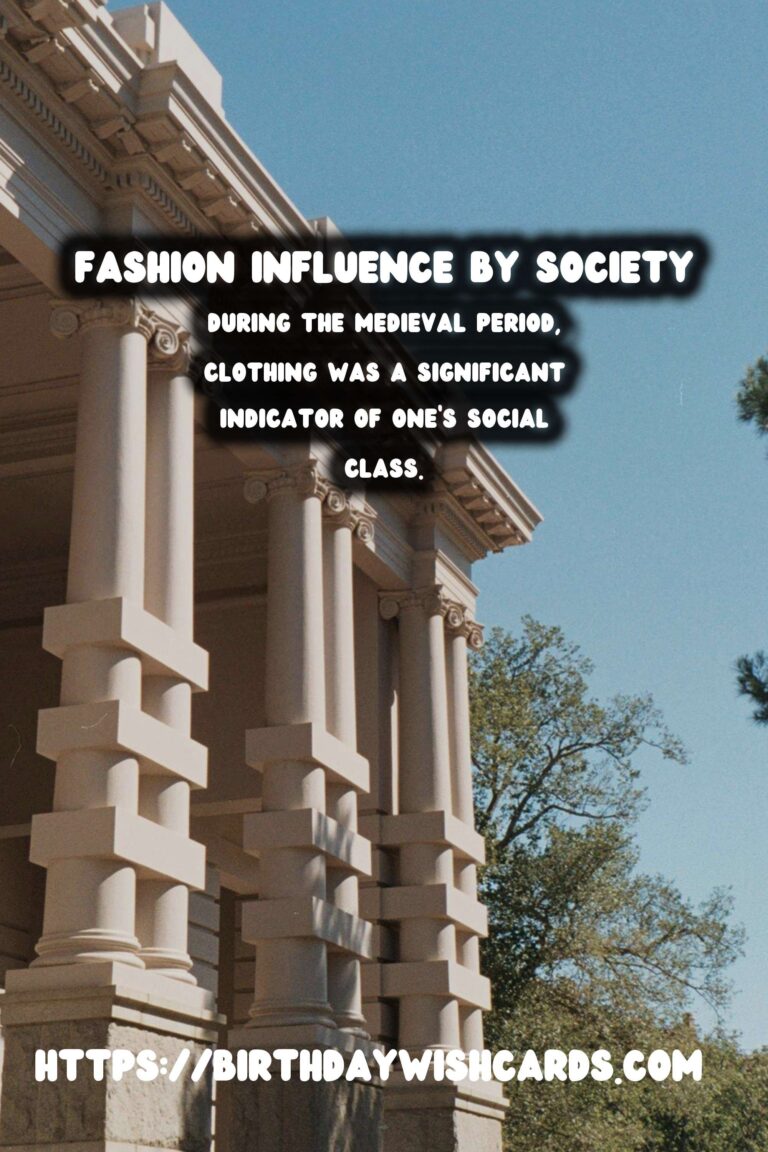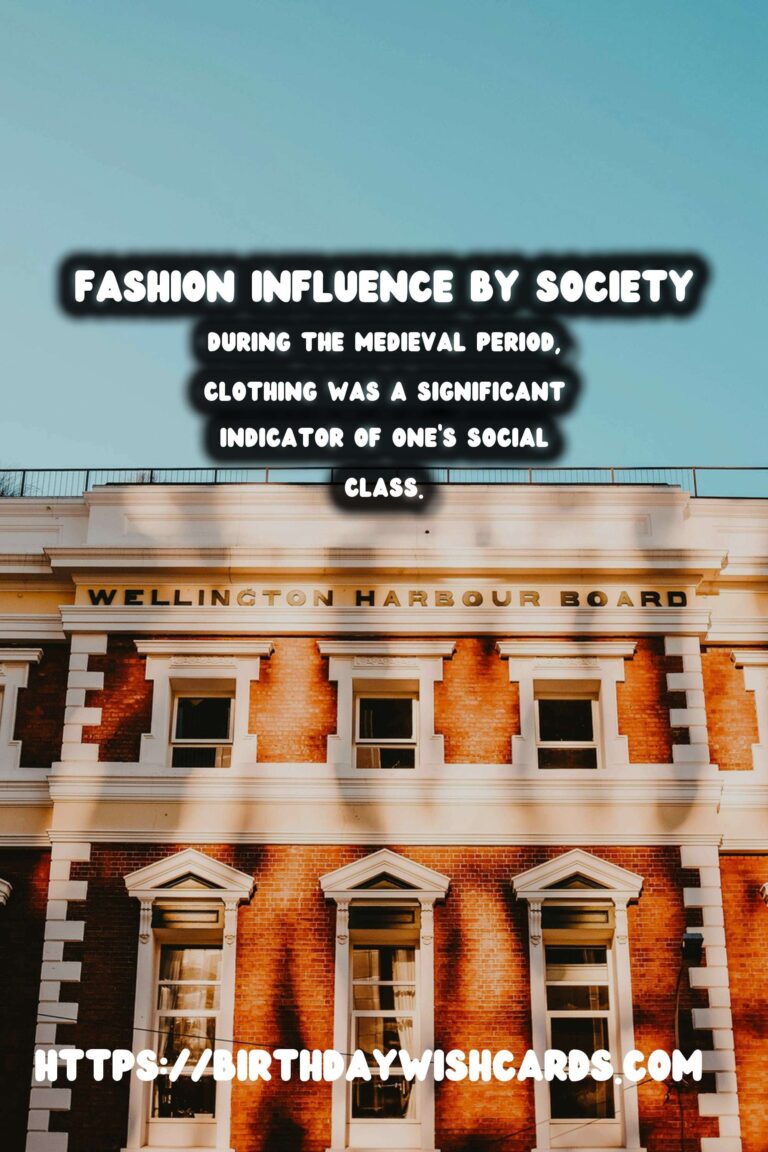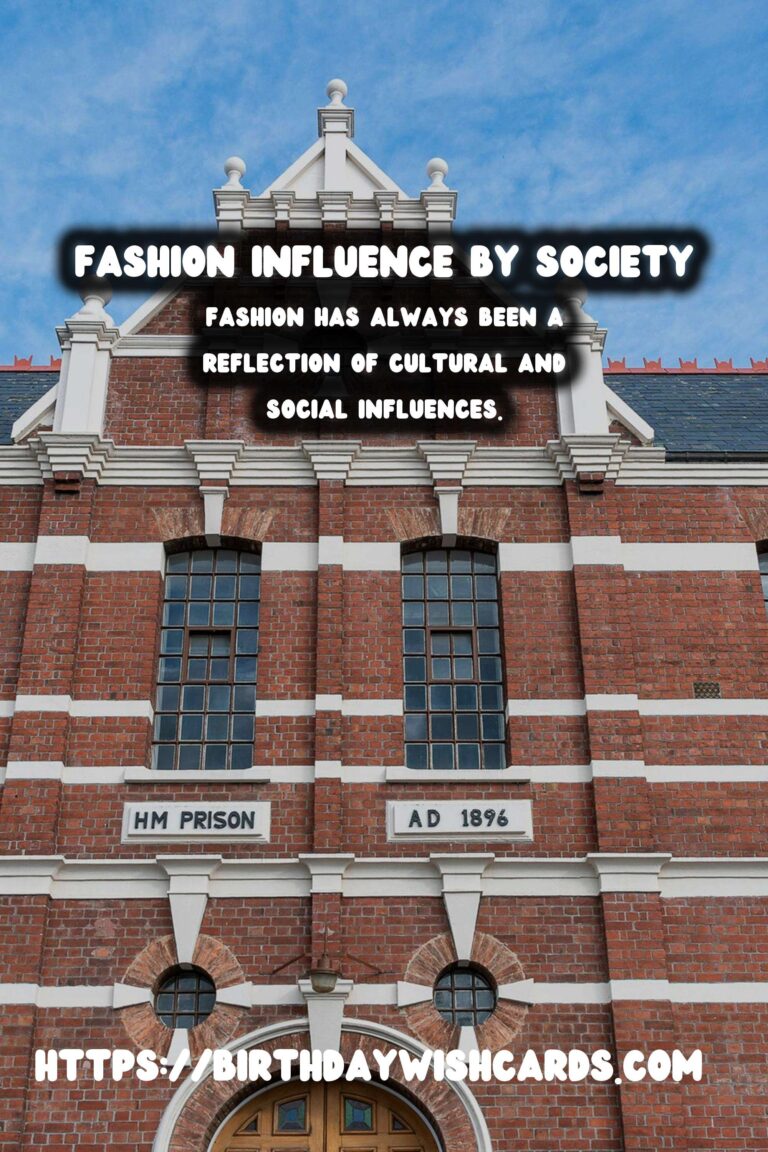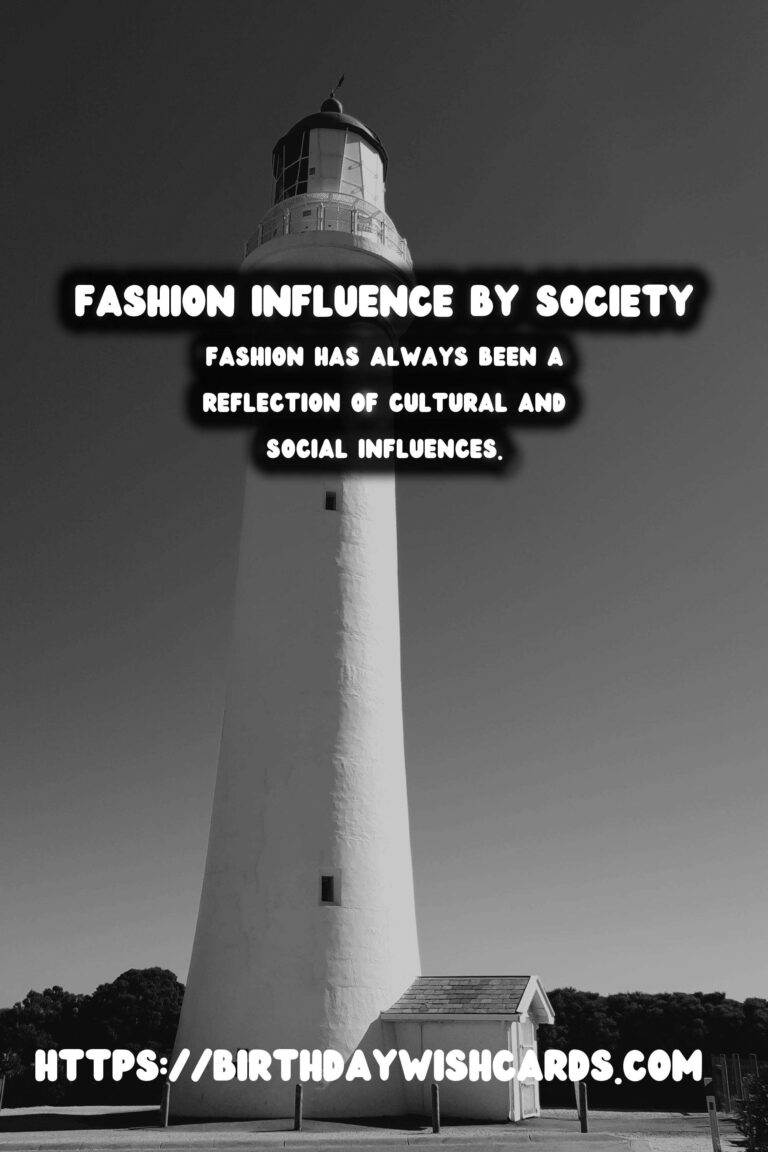
Fashion has always been a reflection of cultural and social influences, with historical fashion particularly showcasing the distinct divides between social classes. From the elaborately embroidered garments of royalty to the practical clothing of the working class, fashion in history offers a vivid insight into the societal hierarchy and the socio-economic factors of the time.
The Role of Fashion in Defining Social Hierarchy
Throughout history, clothing has served as a means to indicate one’s social standing. In many societies, the wealthier classes used fashion to differentiate themselves from the lower echelons. Materials such as silk, satin, and velvet were not only expensive but also reserved for those of higher social status. Conversely, the lower classes predominantly wore durable fabrics like wool and linen.
Medieval Times: A Statement of Status
During the medieval period, clothing was a significant indicator of one’s social class. The nobility was known for their extravagant apparel adorned with jewels and rich embroidery, a stark contrast to the plain, functional clothing of peasants and serfs. Sumptuary laws were often enacted, dictating the type of clothing different classes could wear in an attempt to maintain the social order.
Renaissance Fashion: A Surge of Creativity and Class Distinction
The Renaissance era brought about a flourish of artistic imagination, which extended into the realm of fashion. This period saw an increase in the production of luxurious fabrics and elaborate designs. Wealthy individuals displayed their status through voluminous gowns, intricate jewelry, and detailed adornments, while others could merely observe the trends from afar.
The Industrial Revolution: Shifts in Fashion and Society
The Industrial Revolution marked a pivotal moment in fashion history as it became closely tied with technological advancements and mass production. While the aristocracy continued to lead fashion trends, the burgeoning middle class began to adopt styles previously inaccessible to them, blurring the lines between the social classes to some extent.
20th Century Transformations: Democratizing Style
The 20th century introduced political movements and world wars that influenced dramatic changes in fashion. The social class distinctions in clothing started to diminish, especially after World War II, when simpler and more accessible fashion trends emerged. Ready-to-wear clothing became popular, allowing individuals from various social backgrounds to engage with fashion trends.
Fashion in Today’s Society: Echoes of the Past
In contemporary times, fashion continues to be influenced by social and economic factors. Although social class distinctions are less pronounced, certain luxury brands and high-end fashion serve as markers of economic status, much like in the past.
Overall, historical fashion not only reveals past social structures but also highlights the enduring relationship between clothing and class. As we look back, it becomes apparent how fashion has both shaped and been shaped by the class dynamics throughout history.
Fashion has always been a reflection of cultural and social influences. During the medieval period, clothing was a significant indicator of one’s social class. 









#HistoricalFashion #SocialClass




